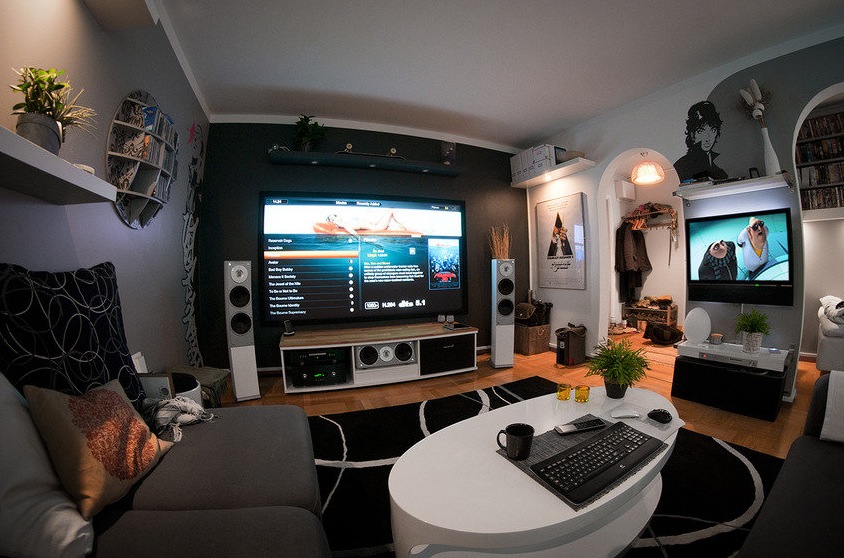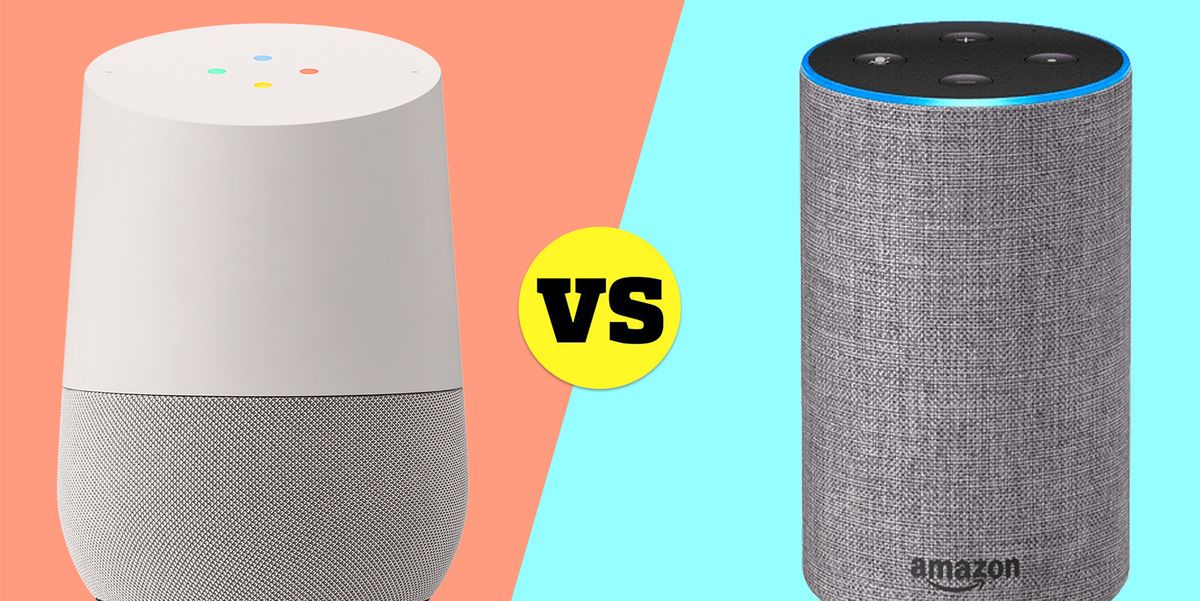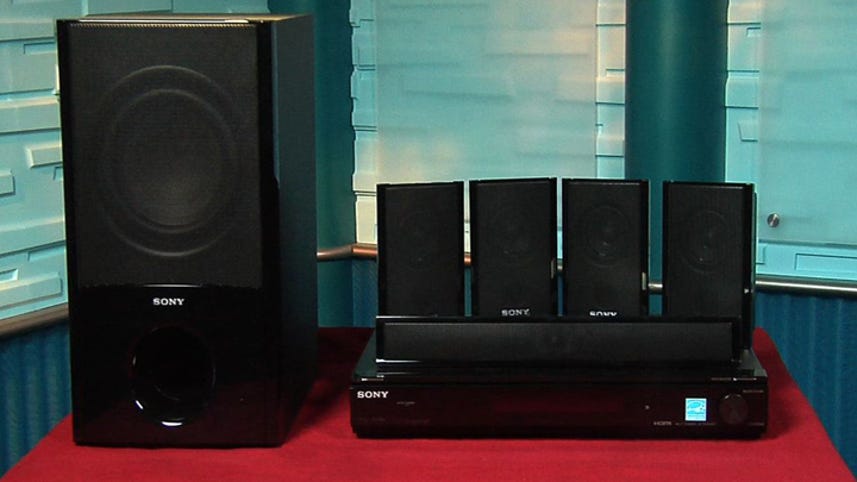
Matter is an industry wide initiative that aims make smart home devices interoperable and easier to use. The Connectivity Standards Alliance (CSA), which developed it, has support from hundreds of manufacturers including Apple, Google and Amazon as well as Samsung, LG and Nanoleaf. Eve, Meross and Wyze are also among them.
The Matter standard is a unifying smart home connectivity protocol that allows devices to communicate with each other, the cloud, and the Matter Controller. It allows device makers to design products that are reliable, safe, and easy to use.
It also makes it easier to integrate different brands into one ecosystem, removing the need for customers to pick and choose their devices. This reduces confusion regarding which product is most suitable for their homes and lifestyles. It also simplifies the buying process by reducing decisions around new devices and ecosystems.
According to CSA, 190 items are already in certification or certified to support Matter. As more companies join the movement, this number will grow. New devices from brands such Whirlpool (GE Lighting), Arlo, Comcast and Eve are also on the horizon.

Many smart home devices are compatible after a software update and work on Thread and Z-Wave networks. Others may not be, so it's worth checking with your specific manufacturer to find out if a device is Matter-compatible.
The majority of Thread and Zigbee-compatible devices can be upgraded to Matter with a firmware upgrade. Older Z-Wave devices or Zigbees will need a bridge to work in Matter. Matter should work with the latest Z-Wave, Zigbee, and other devices. However, it's important that you ask your manufacturer for a list if their products are Matter-compatible.
One of the most interesting Matter-compatible products is Eve's whole line of 14 smart speaker, along with a range from Nanoleaf LED lightbulbs and lightstrips, and Philips Hue’s newest smart bulb lines, the Hue Dimmers Plus, and the Hue Dimmer. They're expected to arrive in early 2023 alongside an Android app for controlling them from other control platforms.
A number of new products are also in the pipeline from brands such as Ikea, GE Lighting, and Aqara, which have all publicly supported Matter. Aqara has, for instance, announced that its Hub M2 will be a Matter-compatible hub and it will be available in January 2023.
Ikea is also developing a Matter gateway to enable customers to seamlessly integrate their smart-home devices into the Matter ecosystem. It will serve as a Matter gateway for the company's array of smart lighting products. Additionally, the company is developing a range smart locks and home automation products that can be used with Matter products.

These devices will work with Apple's Home app. This app has previously supported Matter-compatible devices. You can also connect them to third-party services like Alexa and Google Assistant.
The Matter Standard was completed in October and officially launched on November 3, 2018. It is designed to be an industry-wide solution that will simplify the decision making process for consumers when they're shopping for smart home devices. It should reduce the number apps users must download and use in order to achieve their ideal smart-home routines.
FAQ
What kind of speakers are recommended for my living room?
Bookshelf speakers may be a good option if you are looking for high-quality sound.
These speakers are often small and come in different sizes depending what room you have.
Bookshelves are a popular choice because of their excellent bass response. The deeper the bass, and the better the overall sound, the better.
It is also simple to install and use. You need to plug them into the wall socket.
The subwoofer is another popular option for audiophiles. These speakers produce powerful bass tones that will improve your home entertainment system.
As long as you are willing to spend a little more, you can find a subwoofer for your living room.
However, keep in mind that subwoofers aren't suitable for every room. Subwoofers may not fit in a room that is very large or narrow.
Even so, that shouldn't cause too much concern. There are other options such as ceiling speakers or bookshelves.
What are the steps to connect my TV to the internet via HDMI?
There's no doubt the internet has changed our lives. It allows us to communicate with one another, shop online for products, watch videos, play video games, and read books.
Many people believe that the internet is essential to our lives today.
A router is necessary if you want to connect your home theatre to the internet. A router lets you connect multiple devices to one internet connection.
A router can also be used to extend the reach of your computer, smartphone or tablet, as well as your smartwatch and game console.
You can also use a router to extend the range of WiFi signals throughout your house. This will eliminate the possibility of weak signals in specific areas.
Routers tend to be very inexpensive. You can stream video from Netflix, Hulu and YouTube.
If you are looking for a router that will work well with your home theater, you should know that the majority of routers on sale today will work fine.
However, you should ensure your new router supports HDMI 2.0a (also known to be High-Definition Multimedia Interface). This standard supports high resolution content like Blu-Ray discs and Ultra HD Blu-ray disks.
This standard is supported by most routers today. But, you can check the specifications sheet to make sure your router supports HDMI 2.
It is also important to check whether your router supports Ethernet-over-power. If it supports Ethernet over power, your TV can be connected directly to the router with ethernet cable instead of using a wireless connection.
This could boost your signal speed.
For example, if there is no internet access in your apartment, you may not be able reach the highest speeds possible.
You'll want a router that streams media from services such as Netflix.
What is the most powerful sound system available on the market today?
An excellent audio setup is vital for any home entertainment area. Your home theater will suffer if the speakers you use aren't producing the right sound quality to create an immersive experience.
A great sound system can give you a full-bodied and rich listening experience. There are many factors to consider when selecting a sound system, whether you want surround sound or a compact speaker set. These include size, frequency, power handling, and other important factors.
You will need the right speaker system for your space. In general, small rooms require smaller speakers. You might need larger speakers for larger spaces. Take into account how much space is available between the ceiling to the floor and where the speakers will be placed.
Frequency response is another important aspect to consider. This refers to the range of frequencies that each speaker reproduces. Most systems have two channels: left/right (L/R) and front/back (FR/RB). Each channel covers one part of the spectrum. You should look for speakers that cover the same coverage area when selecting speakers.
The power handling refers the amount of wattage each speaker can produce. Some speakers produce more power than others. Find models that fit your budget and meet your needs.
You want your speakers to perform at their best. Your amp should have speakers connected via either a direct connection, or a receiver. You should keep your volume below 50 percent to prevent damage to your speakers.
Is a Soundbar better than a 5.1 soundbar?
Both yes and no. It will make home theatre more immersive for most users. No, because it doesn't mean you'll enjoy watching movies in bed.
An entire room must be dedicated to a home cinema setup. You'll have to invest a lot of money and space to make it happen.
However, there are many other ways to achieve this effect without spending too much time or effort.
Instead of projecting images onto the screen directly, you can use a projector to project them onto a wall.
You won't need to have a huge TV screen. Instead, smaller screens (TVs), can be chosen.
Or you could choose to add speakers to the corners of the room. These speakers will let you play music and video without disturbing anyone.
The soundbar is capable of doing almost anything. A full home cinema setup would be necessary if you plan to truly immerse in a film.
What is the best wireless surround sound system for TV?
Wireless speakers are convenient because they can be moved wherever you like without the need for power cords. Even models can be connected wirelessly to smartphones, tablets, or laptops.
Wireless speaker systems tend to be heavy and difficult to install. In addition, they usually require an amplifier which adds bulk and weight to the overall package.
A traditional wired surround sound system is recommended for these reasons. This allows you to position your speakers anywhere you like, while still keeping them out of view.
You should look for a system which offers Bluetooth connectivity, digital audio inputs and optical and coaxial connections. If you want to go crazy, consider adding a subwoofer too.
Which type of sound system is best for home?
You will need more than speakers to create an immersive experience. Surround sound systems let you hear music in multiple directions simultaneously. It makes it easier and more intuitive to hear details, such as vocals or effects, from multiple directions simultaneously.
Surround-sound systems are also able to play multiple songs simultaneously. This means that you can enjoy them both while watching TV and listening to music.
A surround sound system creates an atmosphere of immersion. Listening to a song inside a surround sound system gives you the feeling of being in the same room. That feeling disappears when you switch back to regular stereo speakers.
Surround sound systems usually cost between $1,000 and $4,000. Surround sound systems can be as low as $1,000 to $4,000.
How do I start building my custom home theatre?
You can build custom home theatres in many different ways. There are many ways to build a custom home theater. One is to use pre-built equipment from different manufacturers. You can also build it yourself. You will need to have a few basic tools.
If you want to start from scratch, you'll need a drill, saws, screwdrivers, hammers, measuring tape, jig saw, router, sandpaper, screws, nails, and other miscellaneous items. You also might want to invest in a good workbench so you don't have to move around the house while working.
If you decide to use prebuilt components, you'll need a DVD player, satellite dish, TV tuner card, cable box, Blu-ray disc player, wireless keyboard and mouse, and speakers. You will also need an HDMI cable and a computer that runs Windows 7 or later.
Another option is to buy a fully assembled unit. It's possible to save more money but not have all the customization options you would if you made it yourself.
After you have everything assembled, it's time to put the components in place. For example, you'll need to attach the satellite dish to the roof of your house. Next, mount the TV screen in your living room. The last step is to connect your speakers and monitors to the wall at the back of the room.
Statistics
- Amazon is likely to release new models very soon (there is an event on September 28), so you should wait until that event is over to buy. (wired.com)
- According to Henriques, the sound system has also played an influential role in the global influence of Jamaican music internationally. (en.wikipedia.org)
- According to their research, Google's speech recognition software is 13 percent more accurate for men than women. (en.wikipedia.org)
- According to a study released In March 2020, the six biggest tech development companies, Proceedings of the National Academy of Sciences of the United States of America (en.wikipedia.org)
- 10% off all sitewide purchases + (wired.com)
External Links
How To
How much should I budget for a great sound system?
There are three key factors to consider when choosing a speaker system in your home entertainment room. First, how much money do you want to invest? Second, where will you place the speakers? What kind of music do your listen to?
The most common mistake people make when purchasing audio equipment is thinking that bigger equals better. In reality, it doesn't matter much how large the speaker cabinet may be. It is only its ability to accurately reproduce low frequencies. You'll need a larger cabinet if classical music is your main focus. This is because the bass notes are more powerful. On the other hand, if you mostly listen to rock, pop, or rap music, you might want to keep the cabinet small because the bass isn't as important.
Another common misconception is the belief that speakers with higher prices are of better quality. Although it is true that higher prices may indicate better engineering or materials, it is not always the case. Poor drivers and inferior materials can cause distortions and result in lower volumes. This could lead you to have a bad experience.
You also shouldn't worry too much about the type of amplifier used to drive the speakers. Some amplifiers can be used for hi-fi, while others can be used for stereo. Even amplifiers designed specifically for car stereos exist.
You don't want speakers placed directly below your TV screen. This will not only block your TV screen's view but will also decrease the volume. Instead, position them above the television set, near the ceiling. This will allow you to enjoy maximum volume and not strain your ears.
Finally, consider your musical preferences when selecting the right speaker. Bookshelf speakers are best if your music preferences are classical. These speakers are typically equipped with a long throw, or woofer, so the sound travels farther. These speakers are too large and bulky to be practical in small spaces.